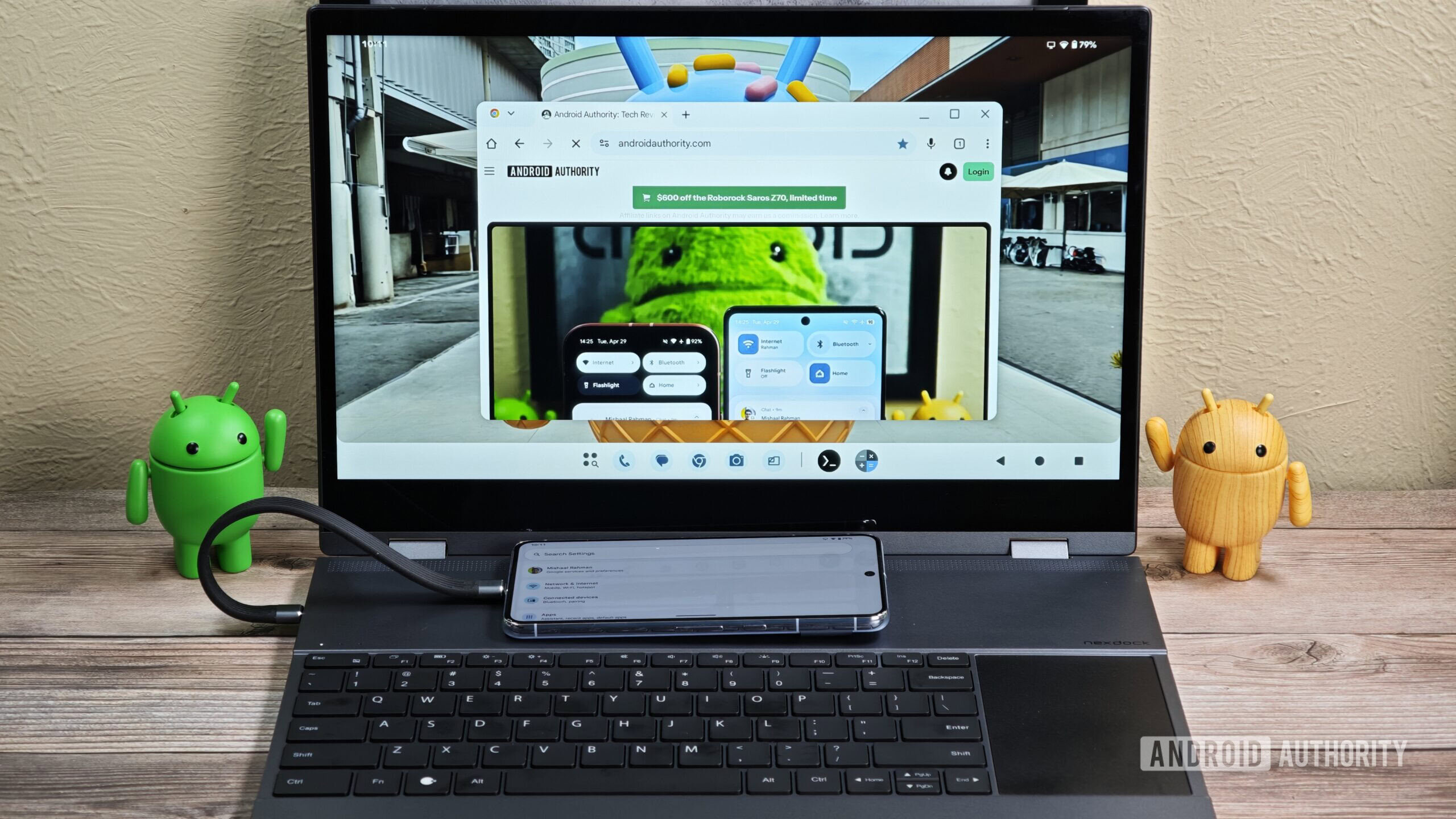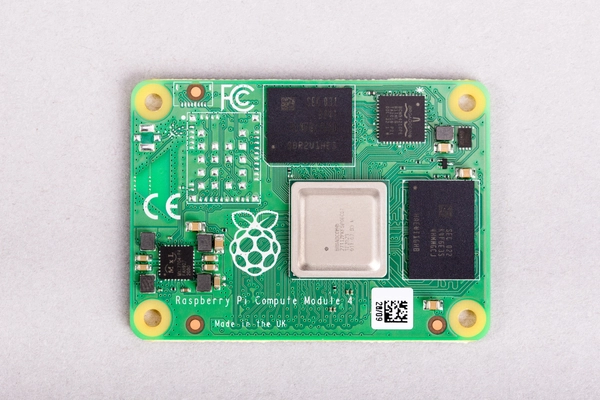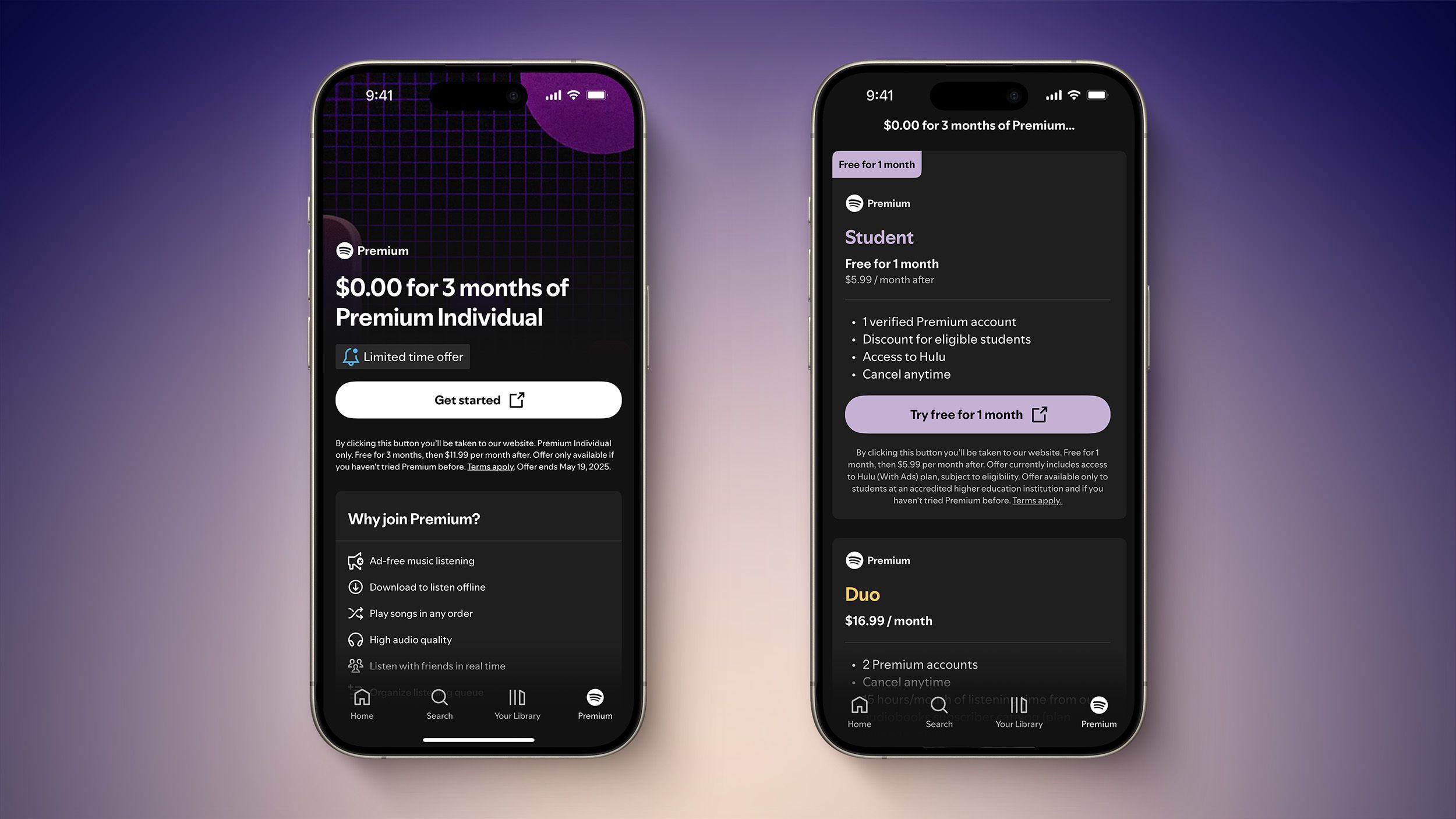The 10 Things to Consider Before Creating Your Own Cryptocurrency
The world of cryptocurrency offers opportunities for innovation, investment, and decentralization. But before diving into creating your own cryptocurrency, there are several important factors to consider. Whether you're launching a new coin or token, understanding these key considerations can save you time, effort, and potential pitfalls. Here are 10 things to consider before creating your own cryptocurrency: 1. What Problem Does Your Cryptocurrency Solve? Before you start, you need to define the purpose of your cryptocurrency. The most successful cryptocurrencies address specific problems in the current financial system or provide innovative solutions to users. Does your coin offer faster transactions, lower fees, or more privacy? Or is it a utility token for a decentralized application (dApp)? Having a clear goal will help guide your development and make your coin stand out. 2. Blockchain or Token? A major decision you’ll need to make is whether you want to create a new blockchain (a coin) or simply a token on an existing blockchain (like Ethereum or Binance Smart Chain). Coins are typically built on their own blockchain, like Bitcoin or Litecoin, while tokens are created using existing smart contract platforms, such as Ethereum's ERC-20 or Binance Smart Chain's BEP-20 standard. Coins require creating your own consensus mechanism and setting up the entire network. Tokens allow you to use the security and infrastructure of an existing blockchain. Consider what fits your needs best and the resources available to you. 3. Decentralization and Consensus Mechanism One of the core features of most cryptocurrencies is decentralization, which eliminates the need for a central authority. To achieve this, you must choose a consensus mechanism. There are various methods to secure transactions and validate blocks on your network, including: Proof of Work (PoW): Used by Bitcoin and Ethereum (before Ethereum 2.0), this method requires miners to solve complex puzzles. Proof of Stake (PoS): Used by newer blockchains like Cardano, PoS is more energy-efficient and offers scalability benefits. Delegated Proof of Stake (DPoS): Used by EOS, this method involves a small group of trusted validators to confirm transactions. Choose a consensus mechanism that aligns with your goals for security, scalability, and environmental impact. 4. Security The security of your cryptocurrency is critical to its success. Consider how you will protect your coin or token from hacks and attacks. You'll need to: Secure your blockchain from common vulnerabilities. Ensure your smart contracts are audited and bug-free. Establish security features like encryption and multi-signature wallets for transactions. Regular security audits and employing best practices will ensure your cryptocurrency remains safe for users. 5. Tokenomics and Supply Management Your cryptocurrency's economics will play a large role in its adoption and value. You'll need to carefully plan the following: Total supply: Will your coin have a fixed or inflationary supply? Bitcoin has a fixed supply of 21 million coins, while other cryptocurrencies might have inflationary mechanisms. Block rewards: How much will miners or validators earn for validating transactions? How will the reward structure evolve over time (e.g., halving or staking)? Initial distribution: Will you conduct an Initial Coin Offering (ICO), airdrop tokens, or distribute them via mining? Designing your cryptocurrency’s economics to incentivize adoption and growth is crucial for its long-term success. 6. Legal and Regulatory Compliance Cryptocurrencies are subject to varying regulations depending on where they are used. Before launching your cryptocurrency, it’s essential to consider the legal implications. Make sure you're compliant with: Securities laws: If your cryptocurrency resembles a security, you may need to register with financial authorities. AML/KYC: Some jurisdictions require Anti-Money Laundering (AML) and Know Your Customer (KYC) practices to prevent fraud and illegal activities. Tax obligations: Understanding how your coin or token is taxed in your jurisdiction will prevent future legal problems. Consult with legal experts who specialize in cryptocurrency regulations to ensure that your project stays compliant with the law. 7. Community and Network Effect The success of a cryptocurrency often hinges on its community. A strong, active community can drive adoption, improve security, and contribute to the development of the ecosystem. Consider how you will engage with potential users and developers: Create incentives: Offer staking rewards, governance rights, or airdrops to build a user base. Community channels: Build channels on Discord, Telegram, Reddit, or Twitter to foster conversation and engagement. Transparency: Keep your community updated on developments, bug

The world of cryptocurrency offers opportunities for innovation, investment, and decentralization. But before diving into creating your own cryptocurrency, there are several important factors to consider. Whether you're launching a new coin or token, understanding these key considerations can save you time, effort, and potential pitfalls.
Here are 10 things to consider before creating your own cryptocurrency:
1. What Problem Does Your Cryptocurrency Solve?
Before you start, you need to define the purpose of your cryptocurrency. The most successful cryptocurrencies address specific problems in the current financial system or provide innovative solutions to users. Does your coin offer faster transactions, lower fees, or more privacy? Or is it a utility token for a decentralized application (dApp)? Having a clear goal will help guide your development and make your coin stand out.
2. Blockchain or Token?
A major decision you’ll need to make is whether you want to create a new blockchain (a coin) or simply a token on an existing blockchain (like Ethereum or Binance Smart Chain). Coins are typically built on their own blockchain, like Bitcoin or Litecoin, while tokens are created using existing smart contract platforms, such as Ethereum's ERC-20 or Binance Smart Chain's BEP-20 standard.
- Coins require creating your own consensus mechanism and setting up the entire network.
- Tokens allow you to use the security and infrastructure of an existing blockchain.
Consider what fits your needs best and the resources available to you.
3. Decentralization and Consensus Mechanism
One of the core features of most cryptocurrencies is decentralization, which eliminates the need for a central authority. To achieve this, you must choose a consensus mechanism. There are various methods to secure transactions and validate blocks on your network, including:
- Proof of Work (PoW): Used by Bitcoin and Ethereum (before Ethereum 2.0), this method requires miners to solve complex puzzles.
- Proof of Stake (PoS): Used by newer blockchains like Cardano, PoS is more energy-efficient and offers scalability benefits.
- Delegated Proof of Stake (DPoS): Used by EOS, this method involves a small group of trusted validators to confirm transactions.
Choose a consensus mechanism that aligns with your goals for security, scalability, and environmental impact.
4. Security
The security of your cryptocurrency is critical to its success. Consider how you will protect your coin or token from hacks and attacks. You'll need to:
- Secure your blockchain from common vulnerabilities.
- Ensure your smart contracts are audited and bug-free.
- Establish security features like encryption and multi-signature wallets for transactions.
Regular security audits and employing best practices will ensure your cryptocurrency remains safe for users.
5. Tokenomics and Supply Management
Your cryptocurrency's economics will play a large role in its adoption and value. You'll need to carefully plan the following:
- Total supply: Will your coin have a fixed or inflationary supply? Bitcoin has a fixed supply of 21 million coins, while other cryptocurrencies might have inflationary mechanisms.
- Block rewards: How much will miners or validators earn for validating transactions? How will the reward structure evolve over time (e.g., halving or staking)?
- Initial distribution: Will you conduct an Initial Coin Offering (ICO), airdrop tokens, or distribute them via mining?
Designing your cryptocurrency’s economics to incentivize adoption and growth is crucial for its long-term success.
6. Legal and Regulatory Compliance
Cryptocurrencies are subject to varying regulations depending on where they are used. Before launching your cryptocurrency, it’s essential to consider the legal implications. Make sure you're compliant with:
- Securities laws: If your cryptocurrency resembles a security, you may need to register with financial authorities.
- AML/KYC: Some jurisdictions require Anti-Money Laundering (AML) and Know Your Customer (KYC) practices to prevent fraud and illegal activities.
- Tax obligations: Understanding how your coin or token is taxed in your jurisdiction will prevent future legal problems.
Consult with legal experts who specialize in cryptocurrency regulations to ensure that your project stays compliant with the law.
7. Community and Network Effect
The success of a cryptocurrency often hinges on its community. A strong, active community can drive adoption, improve security, and contribute to the development of the ecosystem. Consider how you will engage with potential users and developers:
- Create incentives: Offer staking rewards, governance rights, or airdrops to build a user base.
- Community channels: Build channels on Discord, Telegram, Reddit, or Twitter to foster conversation and engagement.
- Transparency: Keep your community updated on developments, bug fixes, and any major changes to your cryptocurrency.
The larger and more engaged your community, the more likely your cryptocurrency will succeed.
8. Scalability and Speed
A common issue for many cryptocurrencies is scalability. As the network grows, transaction speeds often slow down, and fees increase. Think about how you will handle network growth:
- Will your blockchain handle thousands or millions of transactions per second (TPS)?
- Do you plan on integrating Layer 2 solutions like the Lightning Network or state channels to improve transaction throughput?
- Will you implement mechanisms like sharding or parallel processing to increase scalability?
Addressing scalability early in the design phase will ensure your cryptocurrency can grow without compromising performance.
9. Mining or Staking
If you’re building a coin, you’ll need to decide how new coins are created. Will you use mining or staking?
- Mining: In Proof-of-Work (PoW) systems, miners use computational power to validate transactions and secure the network.
- Staking: In Proof-of-Stake (PoS) systems, users lock up their coins to secure the network and validate transactions, earning rewards in return.
Each method has its pros and cons in terms of energy consumption, security, and decentralization. Choose the method that best aligns with your vision and long-term sustainability.
10. Long-Term Vision and Roadmap
Finally, plan for the long-term. Creating a cryptocurrency isn’t a short-term project. You’ll need a clear roadmap that outlines:
- Development milestones: What are the next steps for your cryptocurrency? Do you have plans for scaling, governance, or dApp integration?
- Partnerships and collaborations: Will you work with other projects, blockchain platforms, or service providers?
- Market adoption: How will you attract users, investors, and developers to your platform?
A well-defined vision will help keep your project on track and make it more attractive to investors and the community.
Get Started with Your Own Cryptocurrency Today
Creating your own cryptocurrency can be a thrilling and rewarding journey, but it requires careful planning and execution. If you're ready to dive into the world of blockchain and crypto development, check out my complete guide to building your own cryptocurrency or token.
This guide will walk you step-by-step through forking an existing coin, modifying mining rules, deploying an ERC-20 token, and launching your project, all with just a laptop. It’s perfect for developers, creators, and entrepreneurs looking to build their own crypto ecosystem.
You can grab the full guide for just $10 on Gumroad here.
By following these key considerations and leveraging the resources in the guide, you’ll be well on your way to creating a successful cryptocurrency that aligns with your goals and vision. Start building today!







































































































































































![[The AI Show Episode 145]: OpenAI Releases o3 and o4-mini, AI Is Causing “Quiet Layoffs,” Executive Order on Youth AI Education & GPT-4o’s Controversial Update](https://www.marketingaiinstitute.com/hubfs/ep%20145%20cover.png)






























































































































































































































































![Apple's New Ads Spotlight Apple Watch for Kids [Video]](https://www.iclarified.com/images/news/97197/97197/97197-640.jpg)












_Andy_Dean_Photography_Alamy.jpg?width=1280&auto=webp&quality=80&disable=upscale#)





































































































![Here’s the Pebble smartwatch reboot in action, and how much tariffs might cost you [Video]](https://i0.wp.com/9to5google.com/wp-content/uploads/sites/4/2025/03/core-2-duo-smartwatch-3.jpg?resize=1200%2C628&quality=82&strip=all&ssl=1)



















































































![[Weekly funding roundup April 26-May 2] VC inflow continues to remain downcast](https://images.yourstory.com/cs/2/220356402d6d11e9aa979329348d4c3e/WeeklyFundingRoundupNewLogo1-1739546168054.jpg)

































